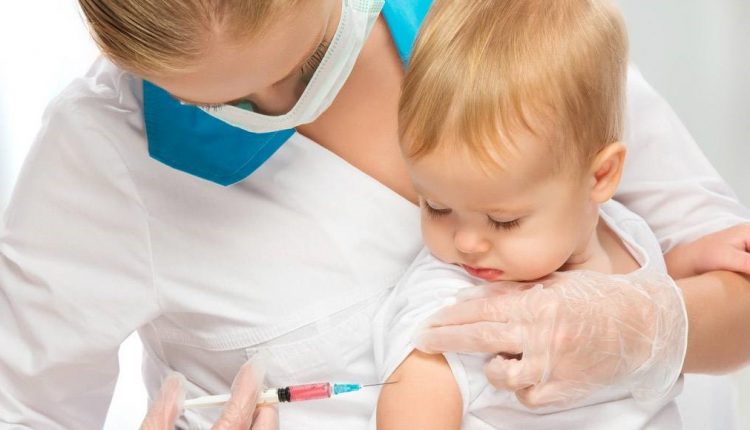
How to recognise the symptoms of meningitis in children? Paediatricians explain
From the Italian Society of Paediatrics a vademecum on meningitis aimed at parents with all the most important things to know about transmission, prevention and treatment
Meningococcal meningitis is an inflammation of the tissues surrounding the brain and spinal cord
There are several forms of meningitis, ‘the infectious bacterial one, although rare, is the most serious’.
This is explained by the Italian Society of Paediatrics (Sip) in a vademecum, aimed at parents, in which it lists all the most important things to know about transmission, prevention and treatment.
‘In Italy,’ explains the Sip, ‘the bacteria most frequently responsible for bacterial meningitis are Streptococcus Pneumoniae (pneumococcal meningitis) and Neisseria Meningitidis (meningococcal meningitis)’.
“Meningococcal meningitis is particularly dangerous because it can lead in 5-10% to death or cause serious damage in 10-20% of survivors (e.g. neurological, psychological, physical sequelae with risk of blindness, deafness or paraplegia)-the vademecum reads- transmission is by the respiratory route through saliva and nasal secretions by coughing, sneezing or talking at close range.
CHILD HEALTH: LEARN MORE ABOUT MEDICHILD BY VISITING THE BOOTH AT EMERGENCY EXPO
In most cases it is transmitted by carriers who do not develop the disease. In a small percentage, however, meningitis can occur with or without a generalised systemic infection (sepsis)’.
HOW TO RECOGNISE MENINGOCOCCAL MENINGITIS?
“The initial symptoms may be non-specific,’ the paediatricians write, ‘irritability, lack of appetite, fever, nausea and sore throat.
This can lead to a delay in diagnosis (e.g. it can be mistaken for a trivial upper airway infection).
The classic triad (fever, headache and neck stiffness) is found in a minority of cases’.
The good news is that the disease can generally be cured.
“However,’ the paediatricians point out, ‘in some cases, even when the disease is quickly diagnosed and quickly treated, death can occur within 24-48 hours (fulminant meningitis)’.
HOW TO PREVENT MENINGITIS?
“There are several serogroups of Neisseria Meningitidis.
Those causing the disease in children are A, B, C, Y, W and less frequently X. Vaccines are currently available to prevent infection, offered free of charge as part of the Ministry of Health’s current National Vaccine Prevention Plan: these are the anti-Meningococcal B, anti-Meningococcal C and anti-Meningococcal ACWY vaccines’.
In conclusion, the Sip experts recall that ‘it is important to vaccinate one’s child according to the indications of the vaccination calendar, not putting it off for the unfounded fear of administering too many vaccines in a short time.
In fact, the disease can strike anyone at any age, but children under 5 years of age, and in particular those under 1 year old, are at greater risk’.
Read Also:
Emergency Live Even More…Live: Download The New Free App Of Your Newspaper For IOS And Android
What Is The Meningococcal Vaccine, How Does It Work And What Side Effects Does It Have?
First Case Of Meningitis Associated With SARS-CoV-2. A Case Report From Japan
Italian Girl Died Of Meningitis. She Was Returning From World Youth Day In Krakow
Meningitis In Children: Symptoms, Diagnosis And Prevention
Meningeal Signs And Meningeal Irritation In Children And Adults
Positive And Negative Kernig’s Sign: Semeiotics In Meningitis



